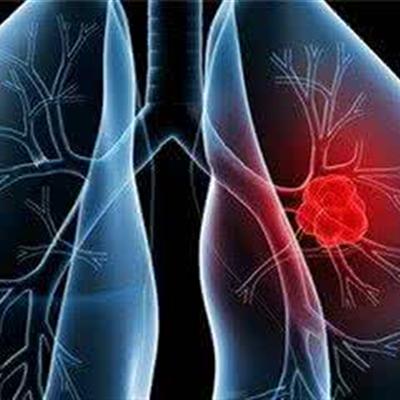Symptoms of angle closure glaucoma
summary
Primary glaucoma is a bilateral disease, but it may not occur at the same time. The disease is related to heredity. The incidence rate is over 1% years old over 40 years old. The incidence rate is about 1%. Before liberation, 4.9% of the blind were blind due to glaucoma, 7.5% in 1959 and 19.62% in 196. This is due to the decreasing rate of blindness caused by trachoma and other infectious eye diseases, which makes glaucoma become one of the main causes of blindness. According to the national sampling survey in 1987, 8.8% of the blind eyes were caused by glaucoma, which ranked the fourth among the major blinding diseases. Primary glaucoma is mostly bilateral, but the onset of two eyes may have sequence; Primary glaucoma can be divided into angle closure and open angle.
Symptoms of angle closure glaucoma
Preclinical stage of glaucoma: one eye has had acute attack, while the other eye has no history of attack, but has the anatomical characteristics of shallow anterior chamber and narrow angle; The eyes with a family history of acute angle closure glaucoma, shallow anterior chamber and narrow angle, no history of glaucoma attack but positive provocation test were all in the early stage.

Acute attack period: the onset is acute, most or all of the angle is closed, and the intraocular pressure rises suddenly. The patient had severe eye pain, extreme vision loss and ipsilateral migraine, and even nausea, vomiting, increased body temperature and pulse acceleration.

Intermission: after the acute attack of glaucoma, after drug treatment or natural remission, the chamber angle reopens, intraocular pressure and aqueous humor flow coefficient return to normal, so that the condition can be temporarily relieved, known as intermission.

matters needing attention
The characteristic of this type is that there is no hyperemia in front of the eyes and the conscious symptoms are not obvious. In the early stage, the duration of attack is shorter and the interval is longer. In the later stage, the interval is gradually shortened. After repeated attacks, the angle of the atrium gradually adhered, the basal intraocular pressure gradually increased, and the flow coefficient of aqueous humor decreased. In the late stage, optic papilla atrophy may occur, but the pit is not deep, accompanied by visual field defect. Most cases of this type of glaucoma show repeated small attacks, the disease gradually develops, such as improper treatment, and finally completely blind into the absolute phase. A few cases may have no conscious symptoms. Occasionally in the chronic period may appear acute attack.















